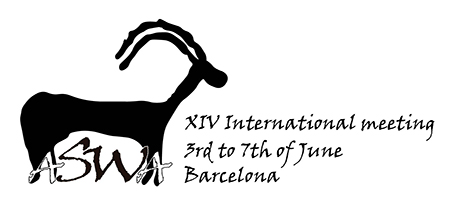Pastoralism has long been considered a central pillar of Early Bronze Age subsistence economies in the Kura-Araxes cultural tradition (ca. 3500–2200 BC) of the South Caucasus. Historically, interpretations of Kura-Araxes herd management strategies were based on settlement patterns, the geographic distribution of sites, material culture, and the size and internal structure of sites. Because these indicators suggest that Kura-Araxes populations were highly mobile, transhumance, nomadic pastoralism were assumed to be essential parts of Kura-Araxes economies. Although these archaeological indicators are important, they are insufficient for investigating the most fundamental aspects of animal economies: what animals were herded and what animal products were exploited. Likewise, animal herd mobility does not assume that these communities practiced transhumance or nomadism. Instead, meticulous zooarchaeological and stable isotope analyses are needed to reconstruct herd structure, exploitation, and mobility. While the number of published zooarchaeological studies is growing, stable isotope data is rare for this time period in the South Caucasus. In this paper we use zooarchaeological remains and tooth enamel carbonate oxygen (δ18O) isotope data to examine herd management strategies at the Kura-Araxes settlement of Köhne Shahar (ca. 3200–2500 BC) in northwestern Iran. Zooarchaeological measures such as relative taxonomic abundance, sheep-goat ratios, and kill-off patterns reveal an animal economy characterized by a herd security management strategy and generalized exploitation of various sheep, goat, and cattle products. Preliminary δ18O values from sequentially sampled mandibular teeth suggest that cattle were kept around the settlement year-round, while sheep and goat management was more mobile. A comparative assessment of data from contemporaneous sites demonstrates that Kura-Araxes animal economies were managed at the household-level with little evidence for specialized pastoral production, transhumance, or full-time nomadic pastoralism.
|
|
|
By author > Samei Siavash
Zooarchaeological and Stable Oxygen (δ18O) Isotope Analyses of Herd Management Strategies at the Early Bronze Age Kura-Araxes Settlement of Köhne Shahar in Northwestern Iran
1 : University of Connecticut
| Online user: 1 | RSS Feed |

|

 PDF version
PDF version